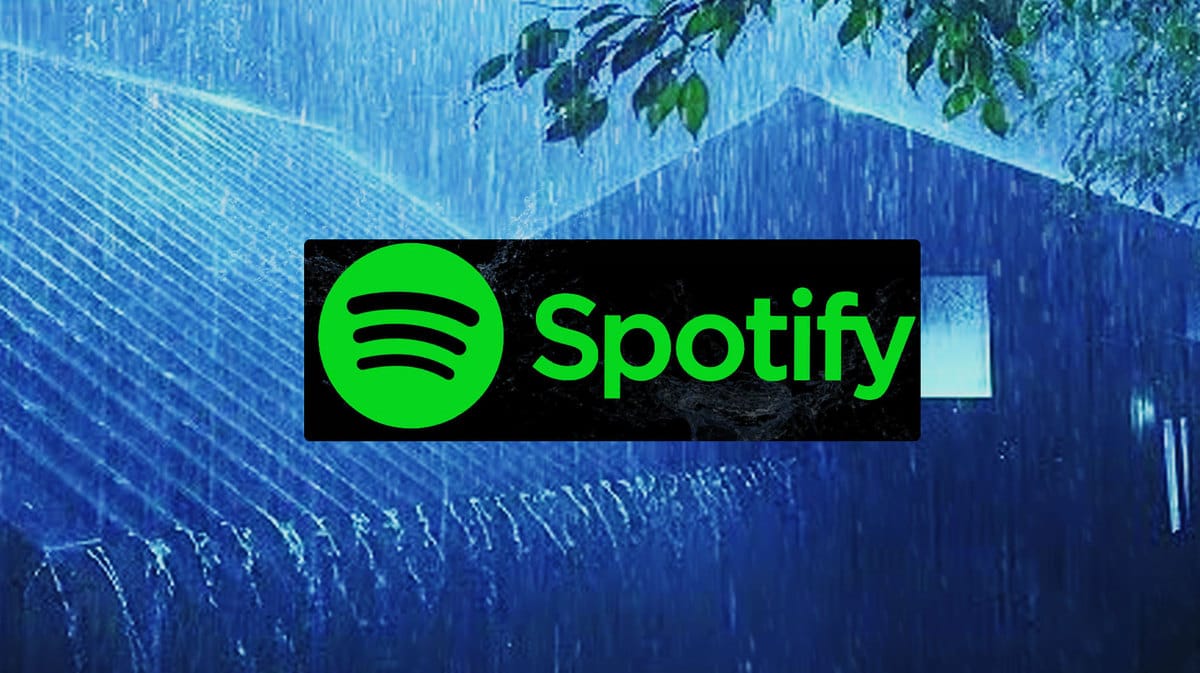Spotify recently released its updated streaming payment policies on Tuesday, Variety reported.
The music streaming platform detailed its efforts to decrease fraudulent streams, increase the minimum payable track length for noise content and stop payment for songs that don't meet the 1,000-stream threshold.
Spotify claimed that these updates will pay out an an additional $1 billion to artists as it redirects payments from fraudulent streams, noise content and distributors that don't pay out royalties below a specified amount.
For 1,000 streams of a song, an average of $3 is generated yearly in royalties. Many distributors don't pay out such low amounts, which means that the money stays with the distributor.
What is Spotify's streaming threshold?
While that may seem insignificant for one artist, when that is added up across many artists annually, it becomes a substantial amount of money. Not everyone can be Taylor Swift who reached a Spotify milestone by being the first woman to have 100 million monthly listeners. Spotify claimed that .5% of all tracks have fewer than 1,000 streams.
The company addressed the three issues in their blog.
With regard to fraudulent or artificial streams, Spotify said that early in 2024, they will start charging labels and distributors per track when the system detects obvious artificial streaming in the content. The company rolled out an artificial streaming detection technology early this year. This is meant to disincentivize those who upload fraudulent streams on Spotify.
In addition, also early next year, the platform will require that tracks must have at least 1,000 streams in the previous 12 months to qualify for royalties. Spotify insisted that the company will not be making any additional money through this.
There won't be any change to the music royalty pool's size paid out. However, the company will make use of the pool to increase what is paid to eligible tracks.
While Spotify isn't outright banning “functional” genre — tracks that are made for a specific purpose — early next year, it will start including white noise, nature sounds, machine noises, sound effects, non-spoken ASMR and silence recordings. In the streaming era, functional music can mean any sound one may feel comfortable listening to in the background.
Gone are the days of muzak. Functional music can now include ambient noise on steroids.
Spotify also said that it will work with licensors so that the payout for so-called noise streams will be lower than music streams.



















